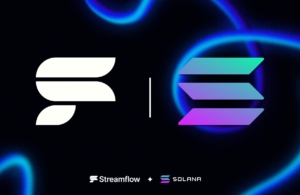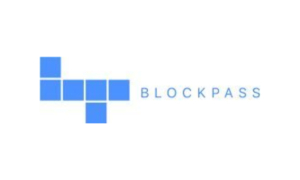Real Estate Finds its Chain: Integra Announces $12B+ AuM Consortium
Integra, a real estate-focused, full-stack Layer 1 blockchain, has officially emerged, revealing that over $12 billion in managed real estate assets are already anchored to its ecosystem through a consortium of global partners across the United States, Europe, and the Middle East. Designed as the foundation layer for real estate, Integra aims to bring speed, transparency, and liquidity to a $400 trillion market that remains largely fragmented, illiquid, and offline, according











